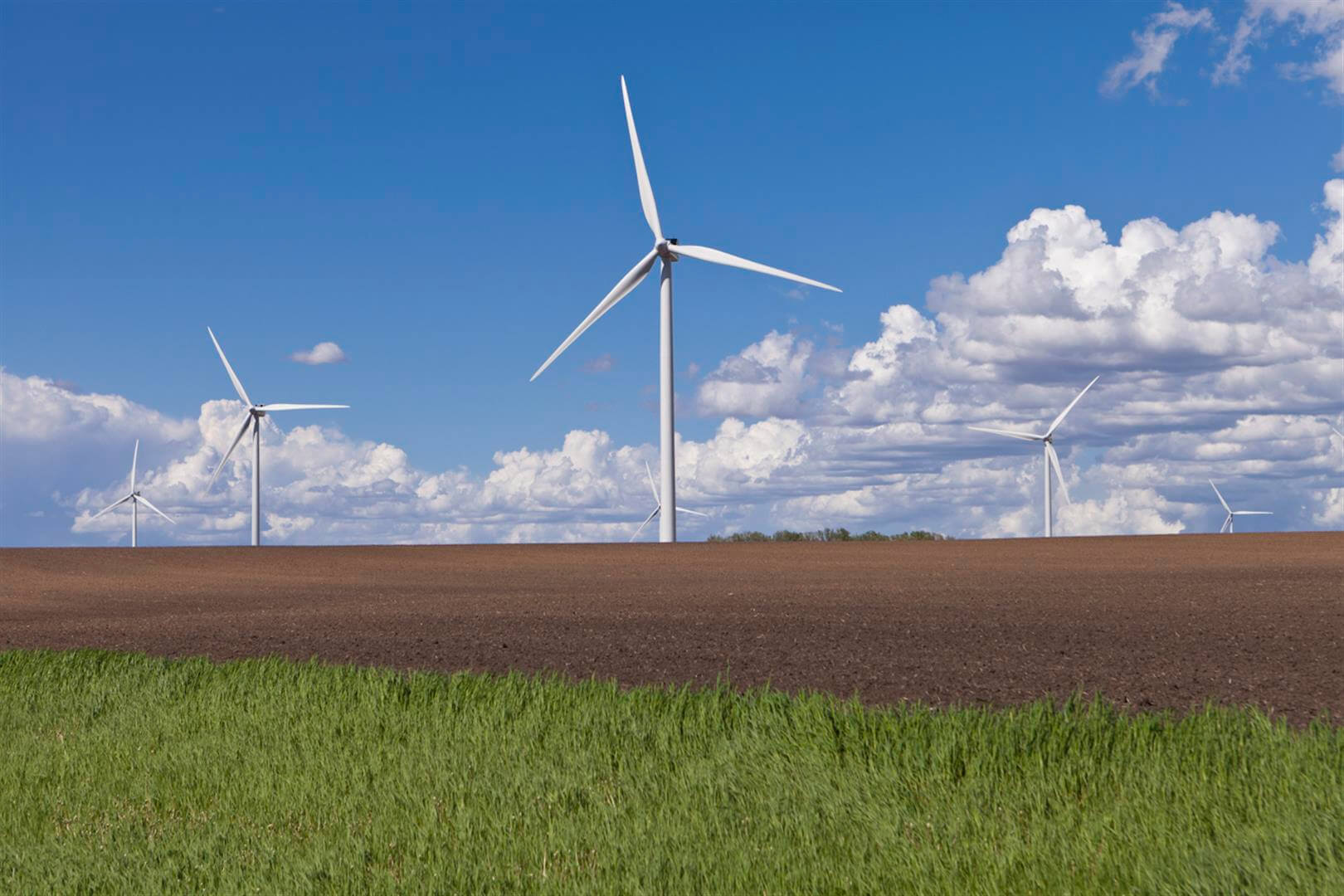A region stretching from Montana to Texas set a new record this week, hitting a mark many considered impossible just a few years ago: wind supplied the Southwest Power Pool (SPP) with 52% of its electricity on Sunday.
The SPP is a grid operator for parts of 14 states and manages over 60,000 miles of transmission lines. Sunday’s high-water mark bests the previous record of 49.2%, achieved last spring
“Ten years ago we thought hitting even a 25% wind-penetration level would be extremely challenging, and any more than that would pose serious threats to reliability,” said Bruce Rew, Southwest Power Pool’s vice president of operations. “Now we have the ability to reliably manage greater than 50%. It’s not even our ceiling.
Wind has been a growing part of SPP’s generation mix, supplying 15% of its electricity last year. The SPP’s installed wind generation also increased by over 30% in 2016. In states like Kansas and Oklahoma, part of SPP’s region, wind growth has been particularly pronounced. Kansas now generates 30% of its electricity using wind, while Oklahoma tops 20%

Records like those reported here resonate because they demonstrate wind energy can play a key role in an affordable, reliable, diversified energy mix.
“With a footprint as broad as ours, even if the wind stops blowing in the upper Great Plains, we can deploy resources waiting in the Midwest and Southwest to make up any sudden deficits,” said Rew.
This latest achievement in SPP is only the most recent in a series of wind power setting records in various electricity markets. Just last December, four other grid operators saw wind set new output records. In ERCOT, the grid operator for much of Texas, wind surpassed 16,000 MW on Christmas day. MISO wind output reached 13,599 MW on December 7, while PJM and NE-ISO set new wind output records of 6,249 MW and 871 MW, respectively, in the final days of the year.
Following the second strongest quarter for U.S. wind installations in the last three months of 2016, wind is set to continue breaking records this year.
Transmission plays an important role in hitting milestones like these. Studies routinely show that updates to America’s electricity grid and new transmission projects more than pay for themselves. For example, the SPP found transmission upgrades would save $800 for each of its customers in the coming years.
Records like these resonate because they demonstrate wind energy can play a key role in an affordable, reliable, diversified energy mix. That creates a stronger system and helps keep more money in the pockets of families and businesses.
Filed Under: Uncategorized





